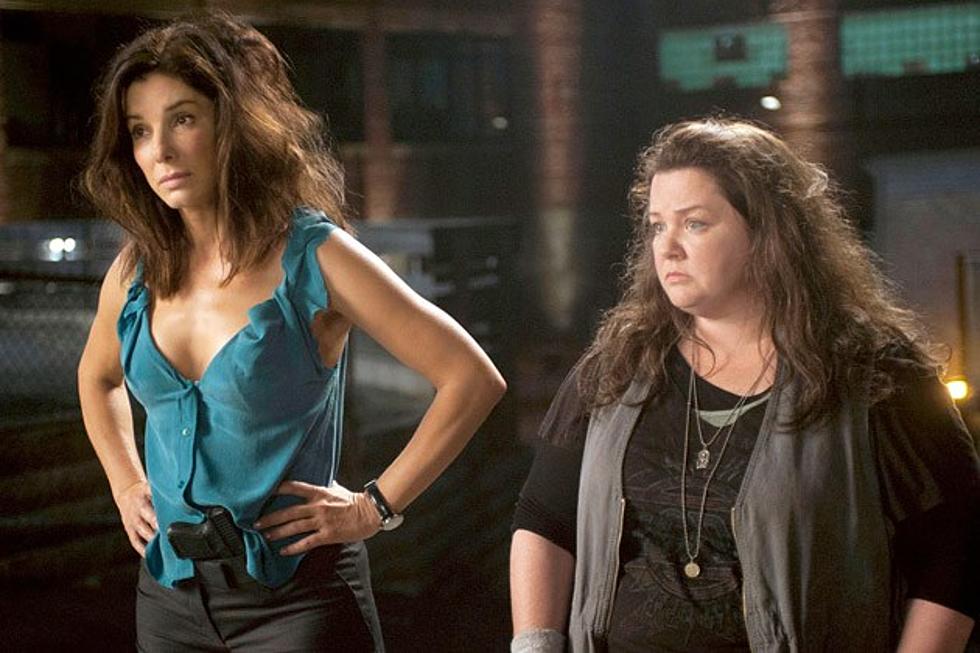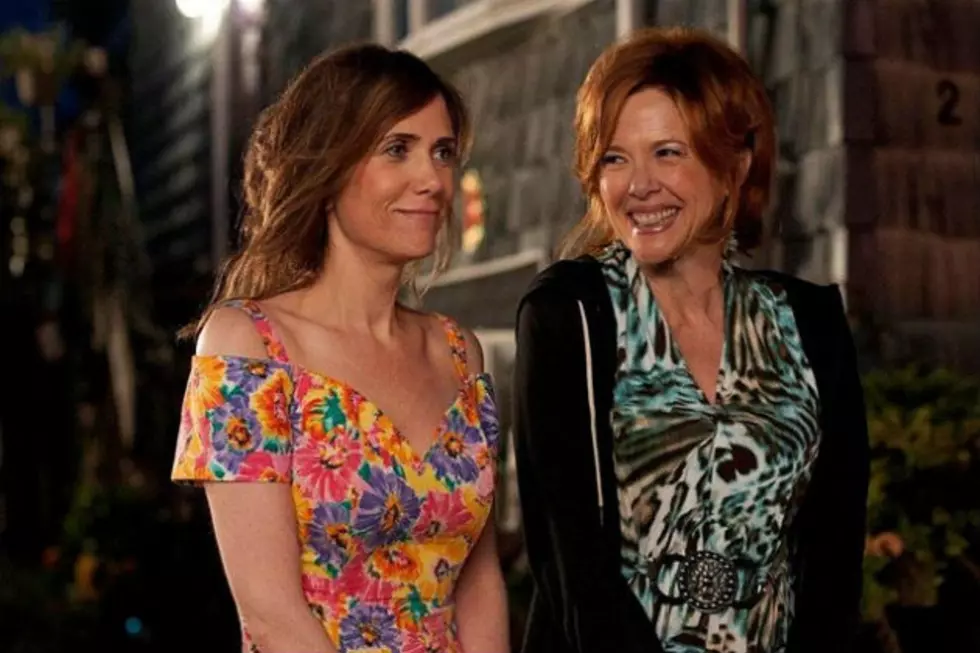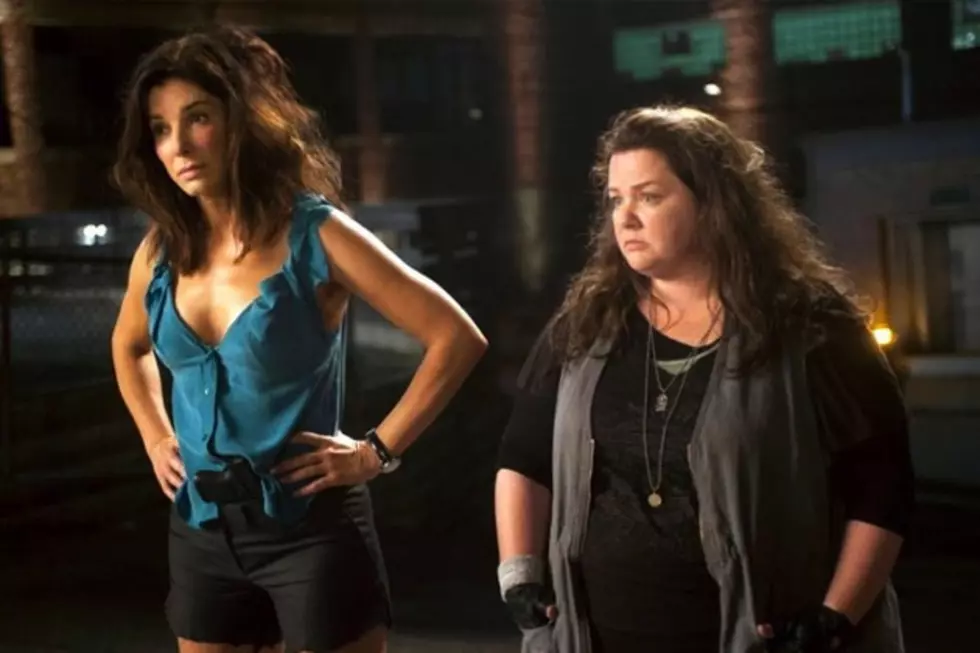
Reel Women: 2013 Is a Bad Year For Women at the Movies
To say that 2013 is a bad year for women at the movies isn't saying much, considering that we've hardly had a great year at the movies for women, well, ever. Even during peak years, women are still getting the short end of the stick, but in comparison to recent years, 2013 isn't looking so great.
Amanda Dobbins posted this great statistical analysis over at Vulture, complete with graphs outlining the percentage of women featured as leads in films since 1989. Dobbins looked only to summer wide-releases (meaning films that were released on over 1,000 screens. To adjust accordingly for pre-megaplex percentages, she considered films that were released on over 500 screens for the years 1989 to 1993. The results are ... unsettling.
The percentage of films featuring a woman in a co-starring role (meaning she gets billed in trailers and on posters alongside her male counterparts, though her role is diminished) is at 57% this year, a significant drop from the all-time high of 88% in 2011, and only up 12% from the worst year, 1989 (45%). Then there's films that star one or more women in a lead role. Dobbins notes this "includes supporting roles, but it is sort of like the Bechdel test minus the conversations: If a movie features more than one woman, then it usually treats the women as more than adornments or expendable love interests." That number is only at 18%, a percentage that's doubled since 1993, but has significantly dropped since 2011 and 2012 (27% and 28%, respectively). This means, as Dobbins notes, that "less than 30% of all movies can bother to write in more than a wife or sidekick." Having more than one woman in a film means there's likely an ensemble, like the 2011 film 'Bridesmaids,' and these numbers indicate that female-centric movies are few and far between -- information that's hardly surprising.
But here's the real kicker: the percentage of movies featuring a female in a starring role. In 2013, that number is just 18% and takes into account films like 'The Heat,' 'Pacific Rim' (surprisingly), 'Girl Most Likely,' 'The Conjuring,' 'The To-Do List,' and 'Kick-Ass 2,' among others. That number is down from 46% in 2011, which saw the release of 'Bridesmaids,' 'Bad Teacher,' and 'Melancholia.' 2011 is a year I often refer to positively in this column and elsewhere as an example of a banner year for women, especially regarding the portrayal of complex, anti-hero(ine) female characters with real depth and dimension.
The lowest year for films with a female lead was 1989, with just 12%, while the highest point was 53% in 1992. These percentages also take into account films where the woman is given equal billing alongside her male co-star, so while she may not be the sole focus, she is still considered just as vital to the story.
So now that we had a little math lesson, what do these figures teach us? Notably, independent films are absent from calculation because these are films that are only released on a handful of screens. Indie films are where women, both in front of and behind the camera, flourish (at least more often than their mainstream counterparts), but they won't bring in enough cash to merit a wide release. We vote with our wallets, and our wallets are telling theaters, studios, and filmmakers that we don't want to see women front and center at the movies. We innately identify with male leads, perhaps due to primitive nature or societal conditioning, which tells us that men are the heroes, the ones who hunt and gather. They are physically strong and less emotional, more likely to be depended on in a crisis. We like to watch men get into trouble and, like their small screen counterparts, we relish in their bad behavior. We like seeing them act out in gross and crude ways because it's expected of them.
But what about women? Female characters can be just as capable of doing the same that's required of their male counterparts, but audiences shy away from women in leading roles. Maybe because seeing a woman as the lead in a film tells us that there's something less fun about the movie, what with all those nagging emotions getting in the way of the action.
It reminds me of dramatic television, where male characters in shows like 'Mad Men' and 'Breaking Bad' are heralded as strong anti-heroes -- the kind of characters we love to watch do bad things. We love these guys for their flaws, and we can't wait to see what puddle of crap they step into next. We almost cheer them on, and we'd enable them if we could. Their wives and girlfriends (and in the case of Don Draper, his colleague and former protege, Peggy) are often the voice of reason, and for that the viewers often despise and ridicule them. The women become wet blankets, getting in the way of our main guy's bad fun, threatening to put an end to all the delicious drama mistake-making, and bad behavior, and if that stuff disappears, you no longer have a show. To the viewer, the woman represents the force that threatens to bring an end to the show they love.
It could be the same for movies. Maybe it's not that we view women in fictional entertainment in a strictly negative light, but that we recognize them as stronger than men. It's why so many people dislike seeing women act crude or unladylike. We expect more of them. And yet, we don't believe they have any business wearing a cape and saving the world like Superman or Iron Man. In those films, women do play a crucial role in saving the day, but still come in second to the real heroes: the men.
But in independent cinema, women continue to show us they have what it takes to be the center of attention. Films like Sarah Polley's brilliant documentary 'Stories We Tell,' new releases like 'What Maisie Knew,' and upcoming ones like 'Blue Jasmine' and 'Girl Most Likely' feature women in prominent roles, but there just isn't a demand for it. How do we get these films to go from limited release to wide release? How do we inspire more people to embrace women as worthy enough for their movie dollars? 'The Heat' proved that a film with not one, but two leading ladies could sell and stand shoulder to shoulder with the big, male-driven summer blockbusters, so what gives?
More From ScreenCrush









